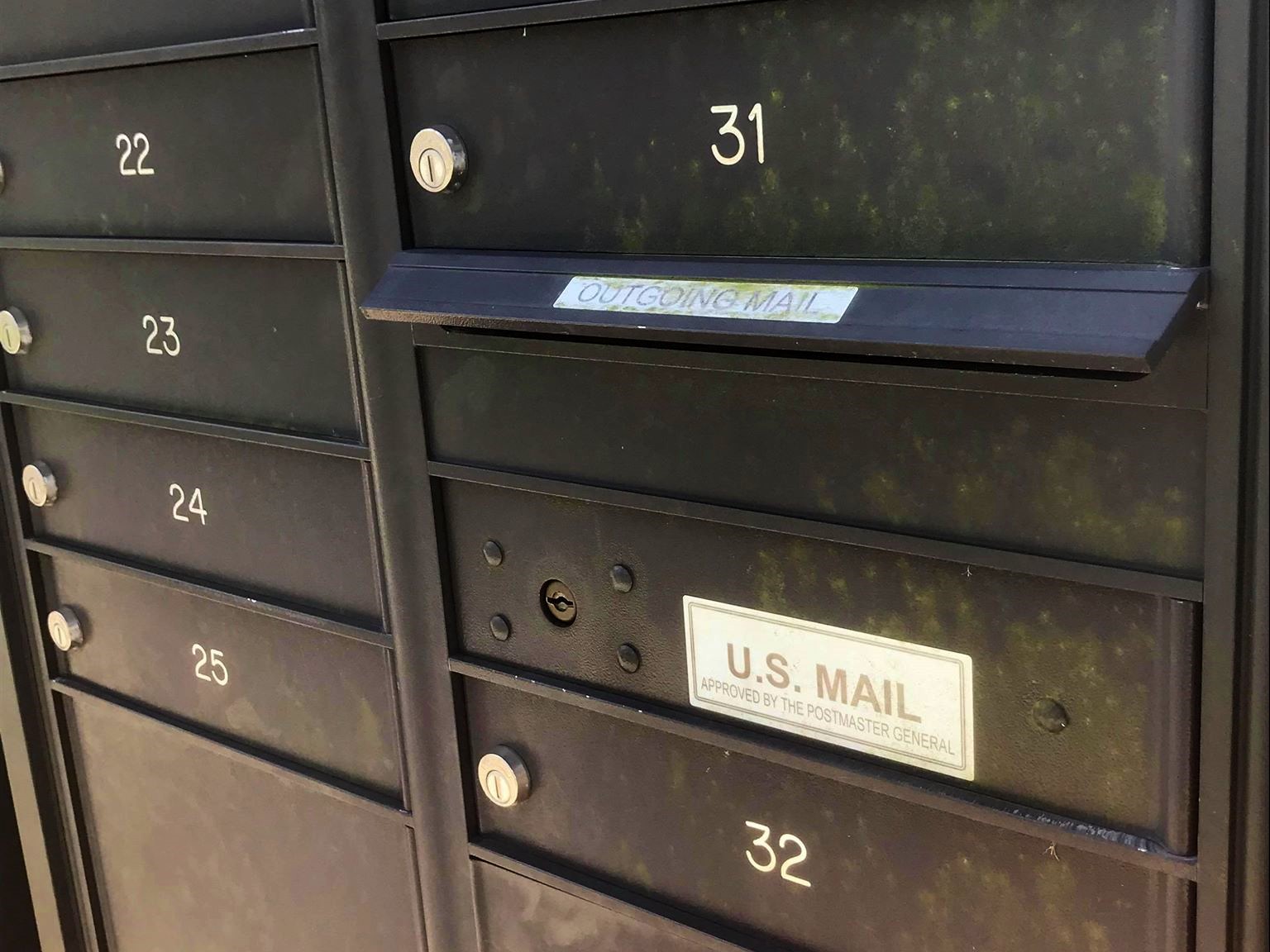Pictured Above: Voter fraud has been a common concern surrounding mail-in ballots during the COVID-19 pandemic.
Courtesy of Peyton Lebron
By Trevor Martindale

Pictured Above: Trevor Martindale is a junior political science major and managing editor of The Crow’s Nest.
The COVID-19 pandemic has changed the landscape of the 2020 elections, as many states altered their vote-by-mail programs to maintain the safety of voters.
As the pandemic lingers 92 days from the Nov. 3 general election, many believe mail-in voting should continue to be encouraged.
But mail-in voting has not gone unchallenged.
Although he himself has voted by mail, President Donald Trump has spearheaded the opposition to mail-in voting, contending that it is susceptible to voter fraud and interference.
“With Universal Mail-In Voting (not Absentee Voting, which is good), 2020 will be the most INACCURATE & FRAUDULENT Election in history,” Trump tweeted on July 30. “It will be a great embarrassment to the USA.”
Trump’s differentiation of mail-in and absentee voting is misleading. Absentee and mail-in voting are the same process, with requirements varying from state to state.
Absentee voting originated as a process for people who were unable to vote in person to participate in the election as long as they provide an adequate explanation for their absence.
Over time, some states have extended their absentee ballot programs to no longer require an explanation. This is known as no-excuse absentee voting.
For the 2020 elections, 42 states – including Florida – have no-excuse absentee voting, allowing anyone to apply to vote-by-mail.
Of the 42 states, eight automatically send absentee request forms to registered voters, and seven states directly send the mail-in ballot without request. The other 27 states have different laws for obtaining absentee ballots, often requiring voters to be more proactive.
States that changed their vote-by-mail laws due to COVID-19 merely extended their already existing absentee programs. It is not, as Trump said, an entirely different process.
Trump’s tweet also made unfounded claims regarding mass voter fraud associated with mail-in voting. Mail-in voter fraud is statistically improbable, with only 143 voter fraud convictions related to mail-in voting in the past 20 years – a .00006% fraud rate.
A legitimate concern for voting-by-mail is the possibility of your ballot being thrown out.
In the 2018 Florida midterm election, 1.2% of mail-in ballots were not counted.
A study conducted on mail-in ballot rejections in Florida revealed that younger voters were disproportionately affected. This was likely a result of the confusion around properly filling out a mail-in ballot.
Although the likelihood of your mail-in ballot being rejected is low, you can visit this link to remediate any confusions or concerns to ensure your vote is counted.
How to vote-by-mail in Florida
Florida is a no-excuse absentee voting state, but still requires voters to request their ballot.
You can request a mail-in ballot through an online application or by emailing, mailing, faxing or calling your county’s supervisor of elections.
If a family member is intimidated by the process, you can request a mail-in ballot on their behalf.
After submitting your request, you will receive a mail-in ballot for the remaining elections in 2020.
If you wish to cast your ballot for the Aug. 18 primary election, you must request a mail-in ballot by Aug. 8 and return the completed ballot in time to be received by 7p.m. on Election Day.
If you prefer to vote in person, polling locations will remain open.
If the vote-by-mail process seems daunting, but you still worry about the long lines and large crowds posing a health risk, you can vote early at select polling locations.



